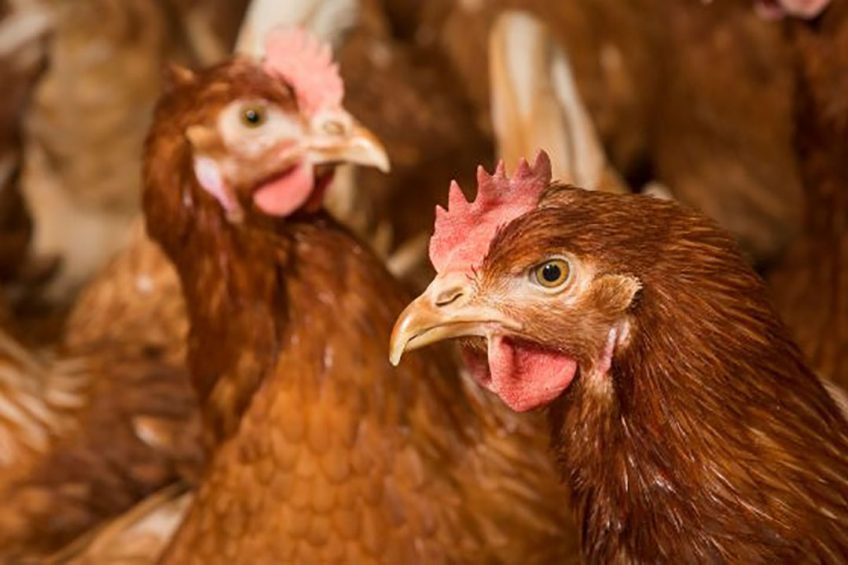Impossible situation

Any new outbreak of avian influenza asks for strict biosecurity and a proper stamping out methodology to get to grips with the situation. Both work hand in hand and cannot do without each other.
That was proven in Belgium recently, where a low pathogenic H3N1 virus was able to spread wildly to more than 80 farms within four months. What started with a single introduction in a free-range layer farm turned in to a country’s nightmare scenario. The poultry sector did their utmost to strengthen their on farm biosecurity, but means to cull diseased birds lacked. Belgian poultry farmers found themselves in an impossible situation as the virus was classed as a low pathogenic variant.
Meaning that all stamping out plans with subsequent reimbursements weren’t triggered. What made things worse was that the virus acted as a high pathogenic virus, killing up to 50% of the infected birds and causing a drop in egg production of 100%. Birds that survived the disease never came back into production. Now, after months of the disease spreading the Belgian and European government found a way to deal with the virus by culling and reimbursing farmers, but only for the newest cases. Slow legislative procedures did a lot of damage, and all affected farms from before that are left in the cold, even when they decided to cull their birds early on to protect their neighbours. The lesson learned here is that an unpredictable virus like avian influenza needs a battle plan with at least some flexibility.
 Beheer
Beheer




 WP Admin
WP Admin  Bewerk bericht
Bewerk bericht